Wiki Project: Awesome Games Wiki'd Quick 2020
By Mento 1 Comments

The first highlight of any brand new year is the annual Awesome Games Done Quick event: a week-long speedrunning charity drive where over a hundred of the world's best, worst, weirdest, rarest, and most broken games are played through as quickly and efficiently as possible by talented and dedicated speedrunners the world over to raise money for Doctors Without Borders and the Prevent Cancer Foundation. It's always a humbling and exciting time watching these events every six months, either live or via the quickly uploaded archives, and each event always introduces a mix of the familiar and some fresh new faces - both in terms of the runners featured and the games they run.
That also means that, because Twitch uses our wiki as a basis, there's the occasional game that isn't as well represented by our wiki as much as I would like. I take it upon myself (mostly because it's January and there's not much else happening) to ensure we have pages for all the games featured in the event besides those prohibited by the wiki (fan games mostly) and for existing pages to be in a semi-informative and legible state for anyone who clicks through to our wiki to get the 411 on the obscurity currently being played. These wiki projects rarely take more than a few hours total, so I'm really just blowing a whole lot of smoke up my own ass with these rundowns.
Still! I like to think I can do more than just complain about self-inflicted workloads, so I've bifurcated this blog into two lists of twenty, it being 2020 and all: the first list has the top twenty scheduled speedruns I'm most looking forward to watching over the next week, while the second list has the top twenty pages that took the most elbow grease to fix up. Peruse one or both or neither at your leisure, and I hope you all have a great time watching AGDQ again this year (and remember to donate!).
The Twenty Most Anticipated Runs
The theme of this GDQ? Races and randomizers! For real, I love watching runners adjust their strategies on the fly due to some unfortunate RNG or because their opponent has pulled ahead and they need to try a risky strat to catch up. I've never seen a run that wasn't enhanced by having multiple people competing with each other for the brass ring. Likewise, the randomizers are exciting to watch because a lot of runners have such keenly honed minds from so much practice that they've seemingly prepared for every possible permutation a randomizer might throw at them. The solo runs can be fun too, especially for games I've never seen run before and/or those with runners who can provide some great commentary, but the races are what I'll tune in to see live.
The following are in chronological order, with an attached start time/date (in GMT) and approximate length:
Super Mario Bros. 3 (race) - Sun 5th / 11:50pm / 1h15
A nice, straightforward three-way race for a beloved NES classic. However, it feels like a game as widely deconstructed and analyzed as SMB3 has a hundred single-frame and risky strategies and techniques available, giving each race participant all the dilemmata they could handle if they happen to be a little behind or ahead. I imagine it'll either be a super close thing, or one of those situations where the guy(s) in last place makes the gap worse by fumbling a Hail Mary or two. Always a lot of drama, and that's what makes them so compelling.
Mario & Luigi: Superstar Saga (co-op) - Mon 6th / 9:50am / 2h50
I wasn't even aware this game had a co-op mode, but it was something available to those who had the GBA/GameCube cable adaptors that came with Final Fantasy Crystal Chronicles. It's still an RPG with turn-based combat so I can't imagine it'll be a whole lot faster with two unless they can split up on the overworld for separate objectives, but co-op is a great opportunity to watch two runners appear to play with a single brain.
ActRaiser ("Professional" race) - Mon 6th / 2:25pm / 30m
I love me some ActRaiser, so I'll be tuning in for this race that plays on the highest (and secret) difficulty that eliminates magic and makes all the bosses twice as sturdy. This game's platformer sections were honestly hard enough already, though I suppose speedrunners have trained enough that they can glide through these games without even getting hit.
Terraria - Wed 8th / 12:05am / 1h
Intensely curious about this run for what might be my favorite Indie games of the past decade. It involves fighting all the way up to the Moon Lord, a boss added in one of the later updates, and so will also involve fighting through most of the other bosses as well as a few major world events. I'd love to see how quickly they can dig down to hell and get the high-level gear necessary to survive while also on the clock.
The Legend of Zelda (series relay) - Wed 8th / 1:30am / 3h30)
I don't know how many Zeldas are in this relay, but given there are nine participants I imagine it'll be the first three games. Relays are extremely tense because you're relying on your partners to perform well, so if you're first you have the stress of setting a good pace and if you're last you're either responsible for pulling your team's ass out of the fire or making sure you don't squander their hard-fought lead. I realize these tense races aren't everyone's cup of tea - with all that happened this week, we could use some relaxation - but it's what I live for in speedrunning, especially in a live format.
Final Fantasy VIII (co-op relay) - Wed 8th / 5:05am / 8h55(!)
Fellow mods @thatpinguino (Gino) and @zombiepie (Chris) had something of a FF8 speedrun contest last year for Extra Life, so I'm curious to see the professionals take a crack at it. Not so curious that I'll likely watch this nine hour marathon in one go (and certainly not live, if you noticed that GMT start time) but it might be something to leave on in the background throughout Wednesday morning.
Ghouls 'n Ghosts (race) - Wed 8th / 4:10pm / 25m
One of the hardest classic platformers and another challenging race. I'm less familiar with the Mega Drive Ghouls 'n Ghosts, which is pretty much a direct arcade port, but I imagine this will be the best education into its nuances I'm likely to find. Who'd volunteer for this?
Metal Gear Solid 3: Snake Eater (European Extreme Foxhound) - Wed 8th / 9:22pm / 1h20
Speaking of high difficulty, this MGS3 run is going for the hardest setting and the hardest post-game rank to earn. A lot of that rank involves never slowing down and never getting caught, two things paramount to a good speedrun regardless, so maybe it's not quite the nightmare I'm picturing. Then again, it's not like I'd ever put myself through this. I just hope the Foxhound rank doesn't involve shooting all those frog toys.
The Legend of Zelda: Ocarina of Time (100% NSR) - Wed 8th / 10:50pm / 3h05
Ocarina of Time is definitely no stranger to GDQ events, but I'd not seen this category before. It's 100% items but with "No Source Required" (NSR) rules, which means that some or most of the necessary items for a 100% run can be glitched into Link's inventory by any means at the runner's disposal: you don't need to go to their source to obtain them, which would take way too long with, say, the wallet upgrades from the Gold Skulltulas quest or all those heart pieces. Three hours is about right for a good Zelda run, so I'm looking forward to seeing all the many ways the runner can magically summon the items they need.
Mega Man 4-6 (relay race) - Thurs 9th / 3:15am / 2h05
Another relay race, going through the three lesser NES Mega Man titles. The boss orders are probably set in stone at this point, but I wonder if some alternative paths might provide shortcuts at greater risks, and whether any of the runners will be desperate enough to take them.
Wild Animal Sports Day (relay) - Thurs 9th / 9:30am / 10m
Wild Animal Sports Day is here to represent the entire Awful Games Done Quick block, something I probably won't be awake to watch in whole. This relay race is somehow less than ten minutes long, so I assume it'll be chaotic.
Fatal Frame - Thurs 9th / 2:40pm / 1h20
There's a horror game block midway through the fifth day of the event, and although you could argue that the two games this run is sandwiched between - Resident Evil 4 and NightCry - are possibly more interesting to watch, I've always loved the Fatal Frame series, its dread-filled suspense, and its carefully-timed shutter release combat. I imagine the runner can't afford to wait around for the most effective ghost-killing pictures and I'm itching to see what the alternative strategy is.
Jak II (race) - Thurs 9th / 6:20pm / 1h05
More races. I haven't seen Jak 2 for decades and barely remember much beyond all its GTA hoverbike nonsense. An hour seems extremely quick for that game, given how much there was to do, so I'm anticipating the two runners to duke it out with all the glitches in their repertoires.
Earth Defense Force 5 (one-handed) - Thurs 9th / 8:40pm / 55m
Halfcoordinated is one of the more compelling speedrunners to watch due to his limitations: he can only use one hand to speedrun these games, and even though EDF isn't the most sophisticated game franchise you still need fast reflexes and accuracy to beat those missions quickly, especially on the hard difficulty that this run uses.
Vampire: The Masquerade - Bloodlines - Fri 10th / 11:00am / 45m
Forty-five minutes is ridiculous for an RPG like Bloodlines even for as notoriously broken as the vanilla version was, so there's going to be a lot of using arcane vampire powers (both intended and otherwise) to fast-track a path through the game's many "action" zones and dialogue trees. Actually, given the runner is using a Nosferatu build, lengthy dialogue scenes might not be an issue (though moving around the surface world will be).
Mega Man X (race) - Fri 10th / 11:20pm / 40m
Heck yeah, another race, a four-way one this time. Forty minutes is incredibly tight so this will definitely be more of a sprint than a marathon. If I had to guess (and I do) it'll come down to pure skill in the end, and less strategizing.
Super Mario 64 Randomizer (race) - Sat 11th / 3:35am / 1h10
Time for the randomizers! The Super Mario 64 randomizer is a trip. I initially thought it might be just that paintings go to different levels and maybe the red coins/stars have switched places, but it turns out they shuffle around almost everything and put them in random new locations: every enemy, every loose coin and star, every ? box, every secret, even where Mario spawns into the level - it's just utter chaos. The doors to different areas of the castle also have randomized star milestones, which might for example force you to go to the second floor before the basement. They're fun watches, and even more fun when you have three people racing each other and having to roll with the changes.
The Legend of Zelda: A Link to the Past Randomizer (race) - Sat 11th / 7:10pm / 3h30
The gold standard for randomizers is A Link to the Past, however, and in this year's race there are two variables in play: Open Mode, which eliminates the Castle Hyrule prologue and lets you begin the dungeons in any order; and Crowd Control, which from what I understand involves the Twitch chat gifting the players items through bits and subs. AGDQ is going to have a lot of Twitch chatters to wring cash out of, so this two-person race might prove to be a big charity earner.
Super Mario Maker 2 (4x4 relay) - Sat 11th / 11:35pm / 1h15
A semi-traditional sight now, the GDQ gets close to the end with a big four-person team relay race where several of the world's best Mario players take on some of the most diabolical user-created levels sight-unseen. As fun to watch for the sheer malevolent level design as it is for the race itself, I always try to find the time to catch it live.
Super Metroid Impossible - Sun 12th / 2:45am / 2h30
Super Metroid and its ubiquitous incentive goal of "save or kill the animals" is usually the ultimate or penultimate run of any GDQ event. This time, though, the solo runner is playing through a ROM hack which greatly increases the difficulty. I've seen plenty of SM runs but none involving this particular hack, so it'll be intriguing to see what's changed. I'm sure also that the runner will be taking some big risks going into those enhanced boss fights understocked.
The Twenty Pages That Were Most in Need of Work
I've rounded up the following twenty wiki pages into five groups that best represent the challenges I most often face with this thankless (and possibly fruitless) process year after year. Then again, it's thanks to the following that I had something to do while listening to leftover GOTY podcasts.
"Where'd They Go?"
Culprits:
- Sword of the Black Stone
- Wild Animal Sports Day
- Super Cat Bros.
Simply put, these wiki pages didn't exist until I came along. My chief goal with this wiki push is to ensure that every GDQ submission exists for the sake of Twitch's "now playing" doohickey so the event organizers aren't hit with some missing data when they're already stressed about a dozen other technical issues. No surprises that the three missing pages this year are all fairly recent and two are godawful joke games someone found on Steam and figured it'd be funny to speedrun (the last, Super Cat Bros., is an Android/iOS game lost in a huge marketplace).
"It's All 'You, You, You'"
Culprits:
- Vampire: The Masquerade - Bloodlines
- Grand Theft Auto: San Andreas
- Ratchet & Clank Future: Tools of Destruction
- Dino Crisis 2
The bane of any GB wiki power user is scrubbing all the prohibited second-person usage - "you," "your," "you're" - from a page and it's an especially enormous problem with pages of a certain vintage and mainstream popularity. The staff and wiki mods here appreciate anyone who takes time out of their day to fill in some several thousand lines of info on their favorite games, and in their defense we didn't have a style guide or anything close to same until fairly recently to give them necessary direction. Still, when you have pages like Ratchet & Clank Future: Tools of Destruction (100+ 2nd-person uses), Vampire: The Masquerade - Bloodlines (130+ 2nd-person uses) and Grand Theft Auto: San Andreas (230+ 2nd-person uses) to clean up it can slow things down a smidge.
"The Indie-Anonymous 5000"
Culprits:
Indie games don't have as many champions as the big-budget games, so even semi-popular ones like the above can have empty or next-to-empty pages. That was the case with the four above, and although I've not done too much there's a little more meat on their bones now. I mean, this neglect is partly on me too: I played Gato Roboto last year and didn't think to update the page then, and I'd be happy trying any of those others for a future "Indie Game of the Week" entry.
"Cobwebs and Tumbleweeds"
Culprits:
- Jurassic Park III: Dino Defender
- Cybergenic Ranger: Secret of the Seventh Planet
- Normy's Beach Babe-O-Rama
- Castle of Dragon
- Vectorman 2
Some older/retro games deserve to be placed on a pedestal and admired for eternity for their innovations to the game industry or for the joy they inspired in their time. Others tend to be lost to history; little more than footnotes, if they're remembered at all. A game wiki can abate a game's slow consignment to oblivion, at least to some degree, but I can't really blame anyone for not caring enough about the five games above to fill out their bare pages. We have: a thematically disjointed sci-fi dinosaur licensed PC platformer; another PC action game considered one of the worst of all time; an objectifying bargain basement Genesis side-scroller; a NES port that butchered an already mediocre arcade hack-and-slasher; and a Genesis sequel that showed up in late 1996 long after the system's decline. A motley crew, but one that seems to have found a new lease of life from the speedrunning community.
"A Waning Wiki"
Culprits:
- Sekiro: Shadows Die Twice
- Super Mario Maker 2
- Marvel's Spider-Man
- Manifold Garden
Sometimes it's evident that the Giant Bomb Wiki isn't the priority for site users that it once was. This could be due to a number of factors, but whatever the reason the four games above - all front-runners for GOTY in 2018 and 2019 - had no body text on their pages, though the rest of the data (images, releases, a header) was present. Descriptors and overviews are always a bit intimidating to write - where do you start with a game with the mechanics or history of Manifold Garden or Marvel's Spider-Man? - but it's always dispiriting to see that default "no description" placeholder, especially given how many visitors those pages must see.

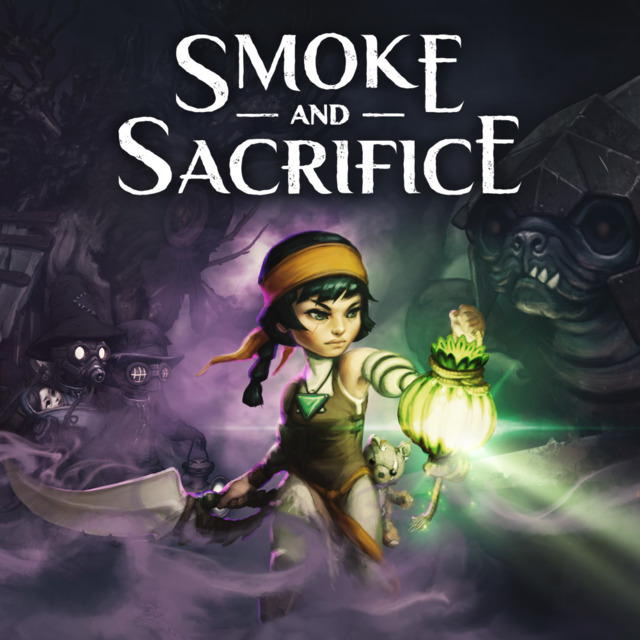
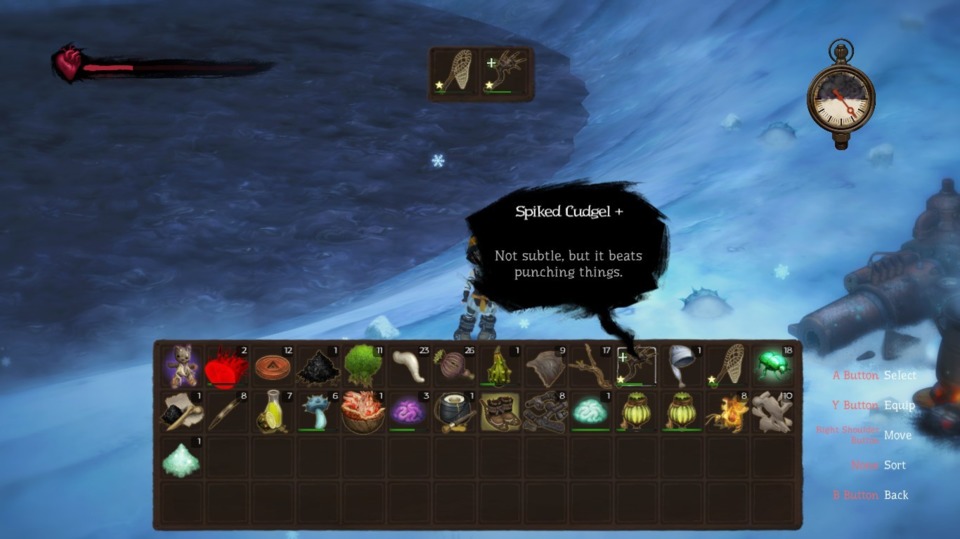
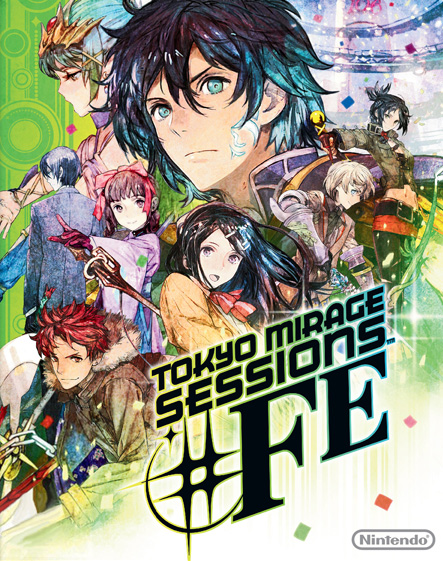

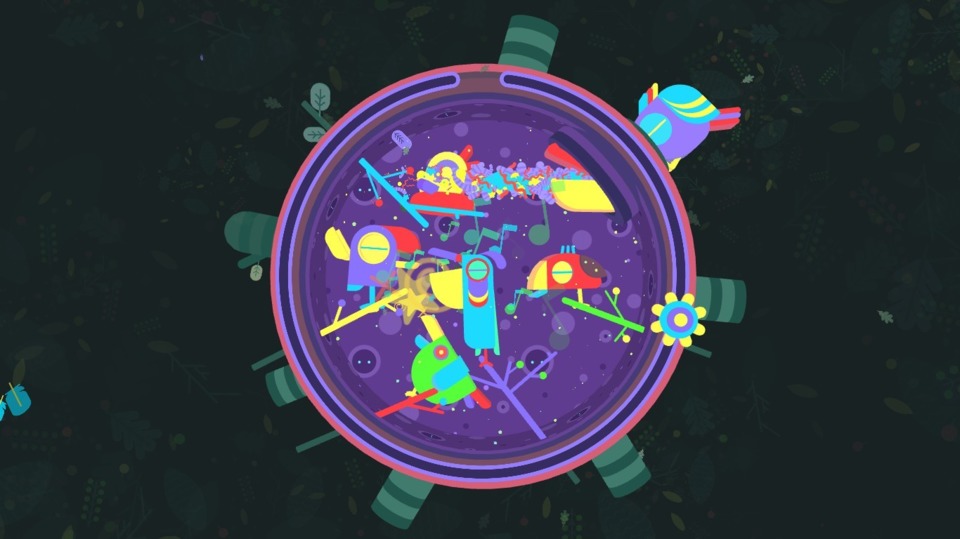












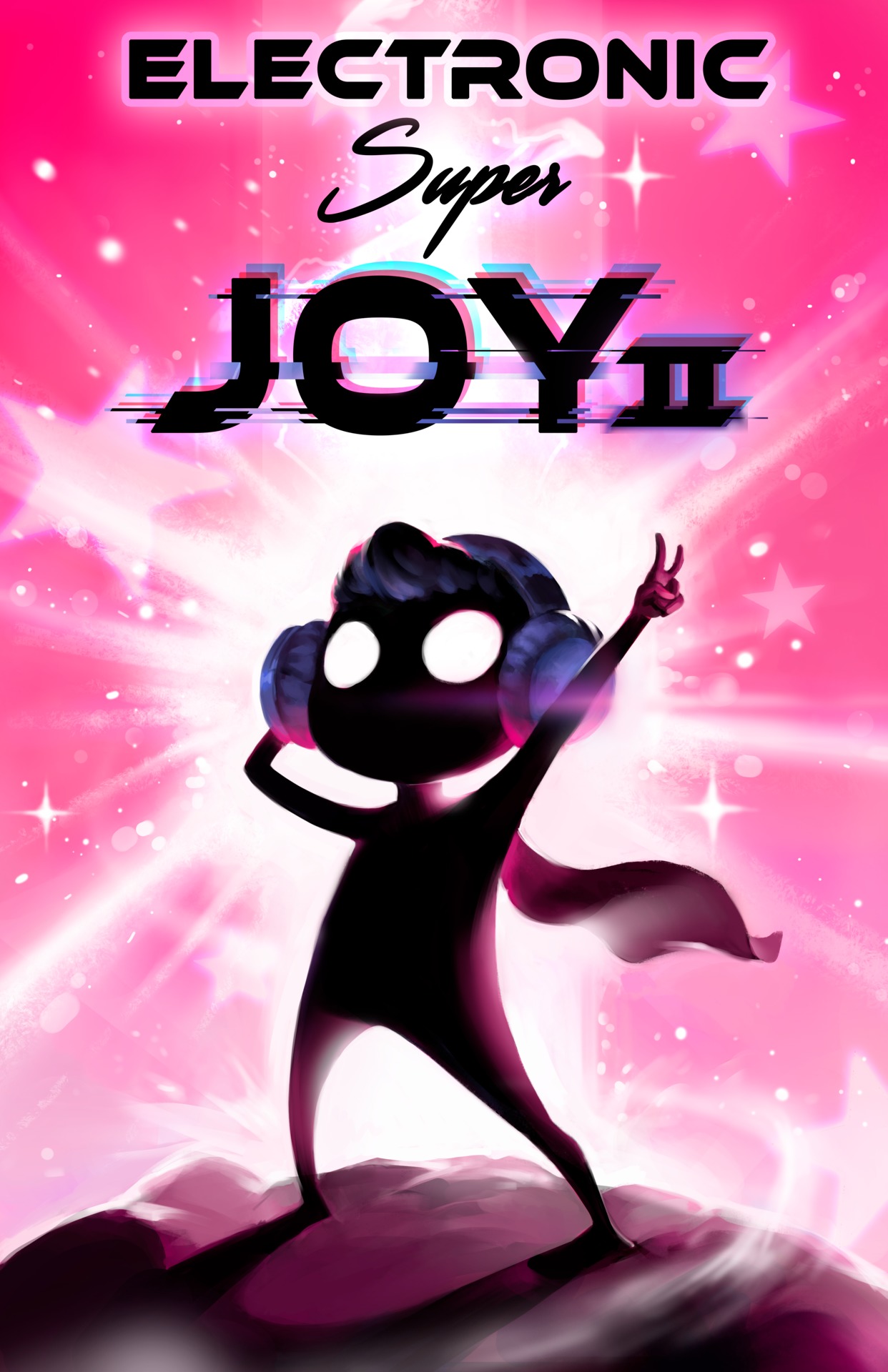

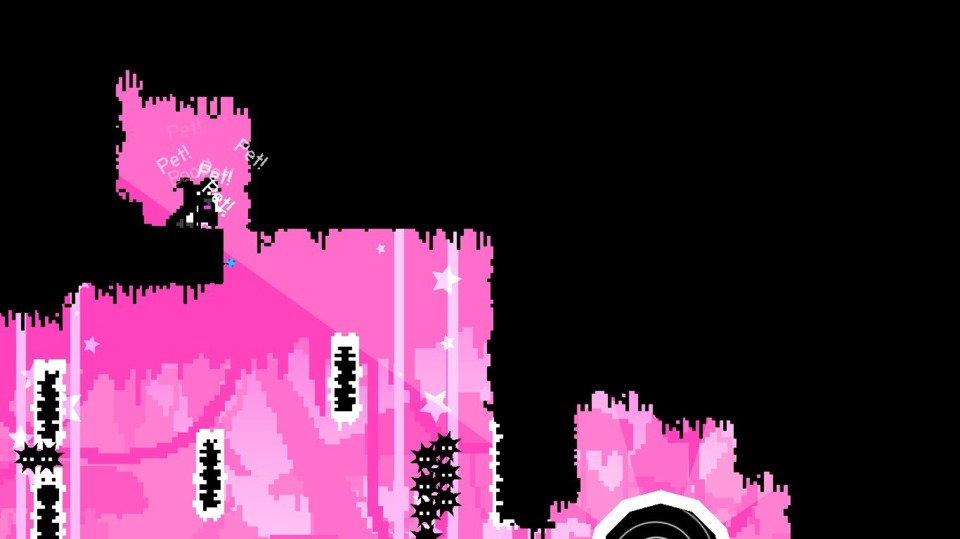
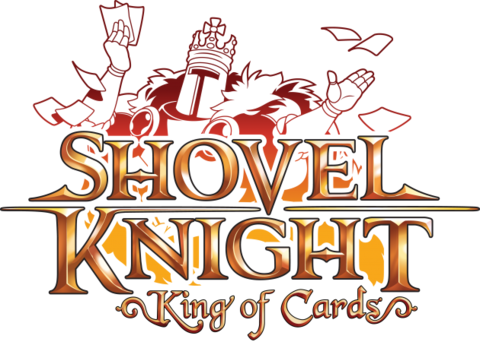
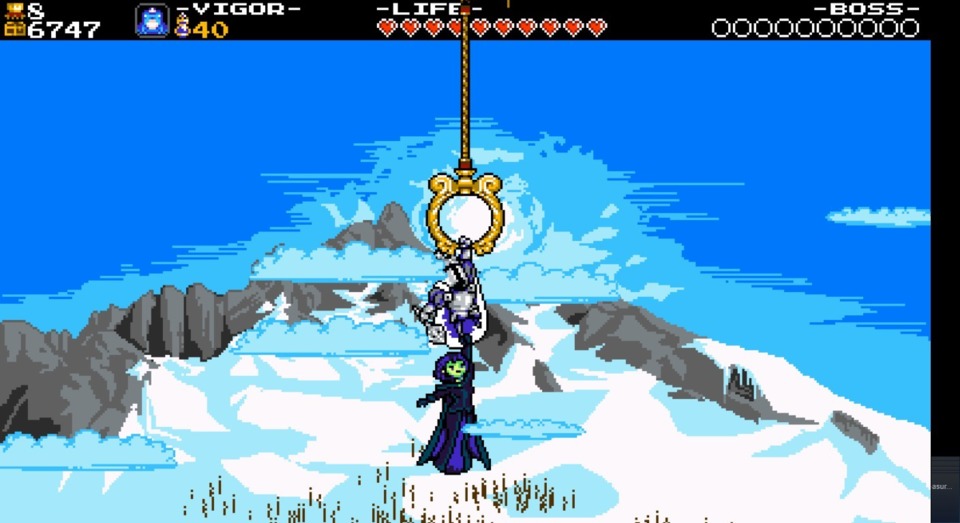
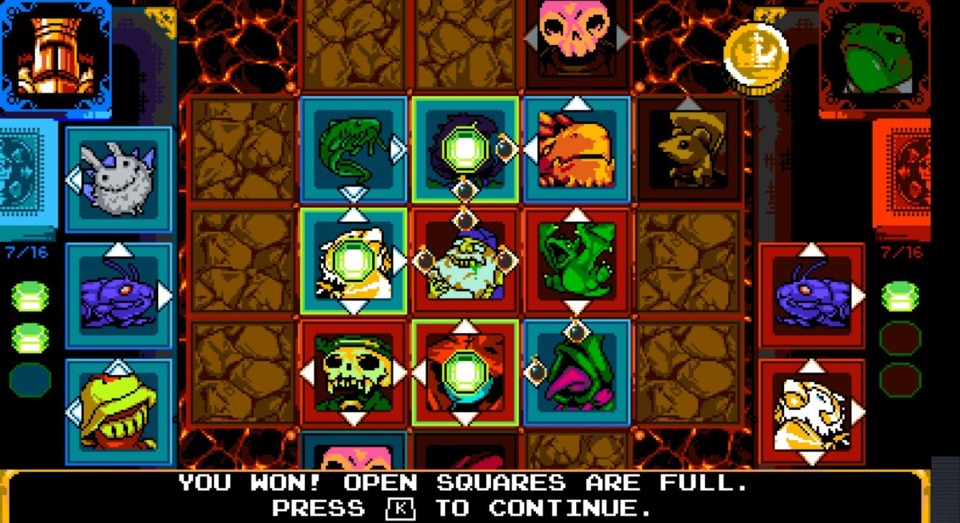
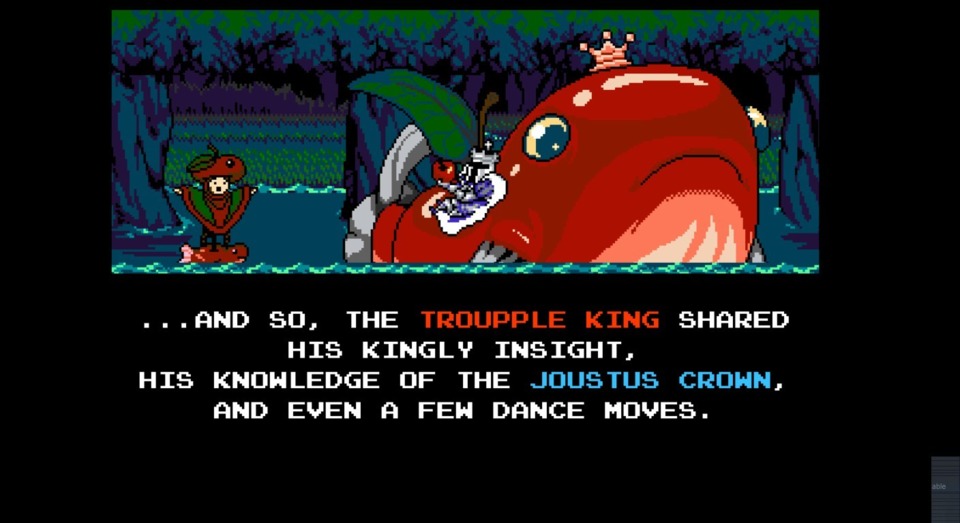
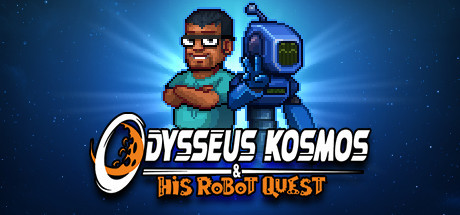
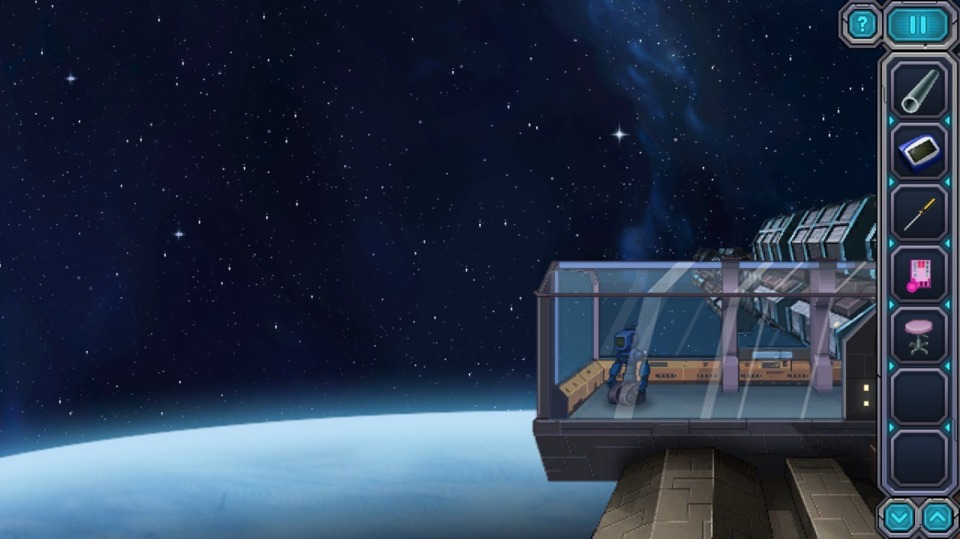
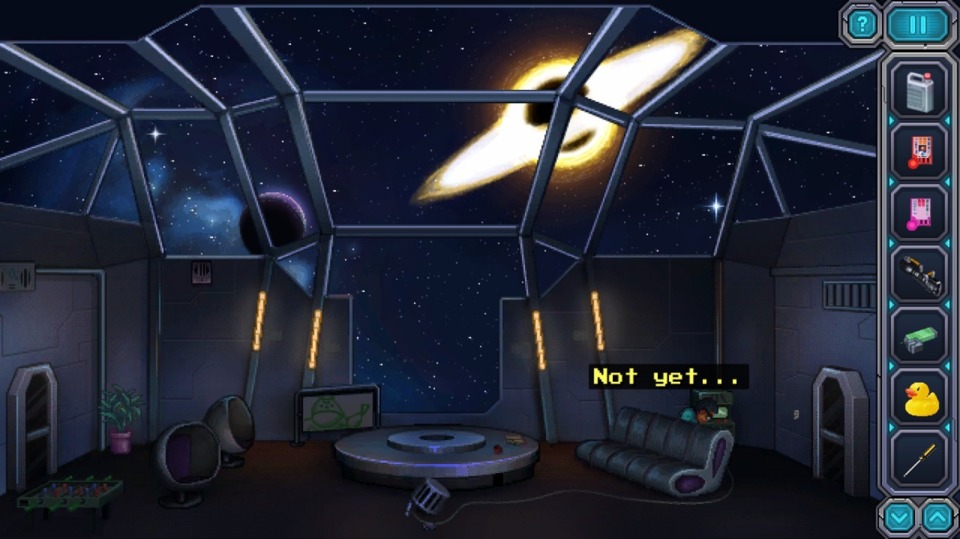
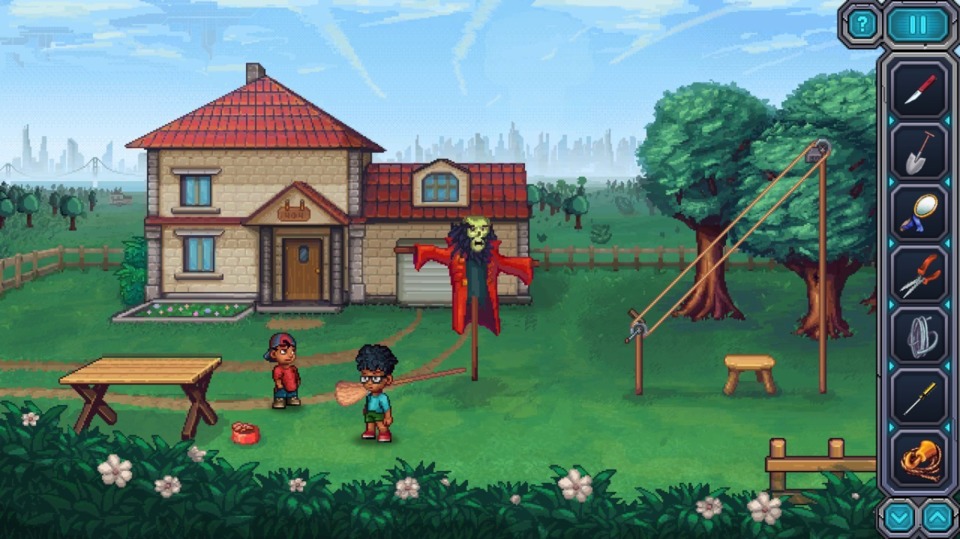

Log in to comment